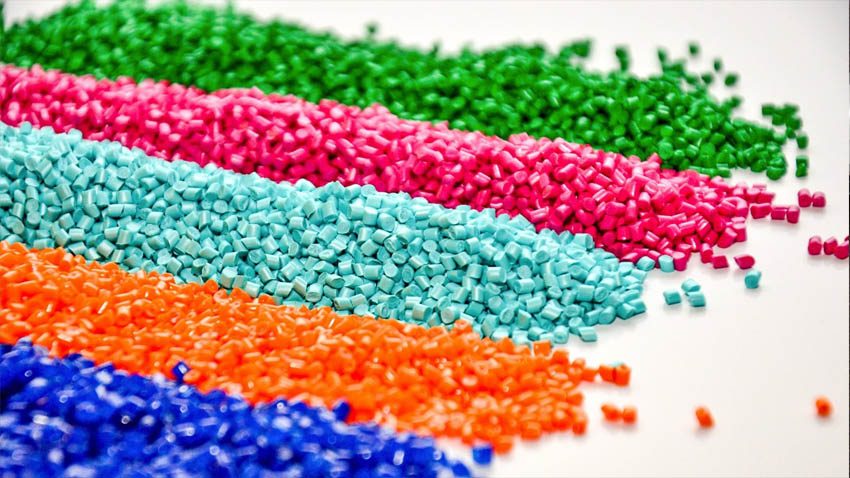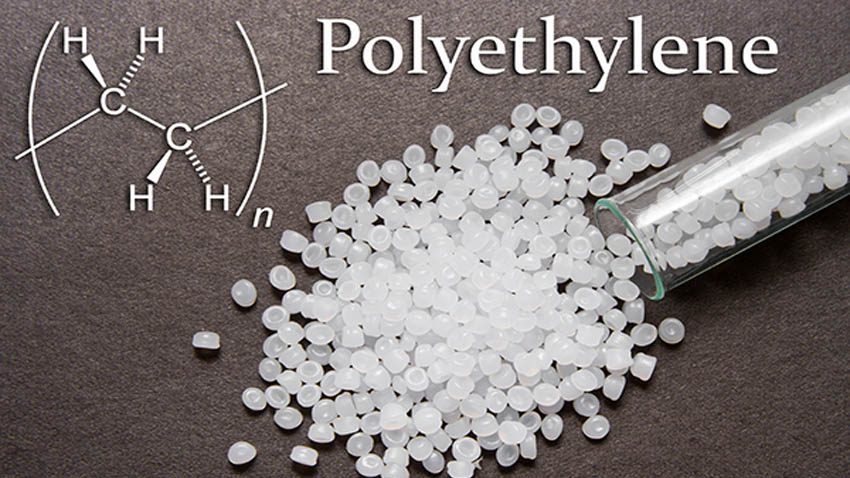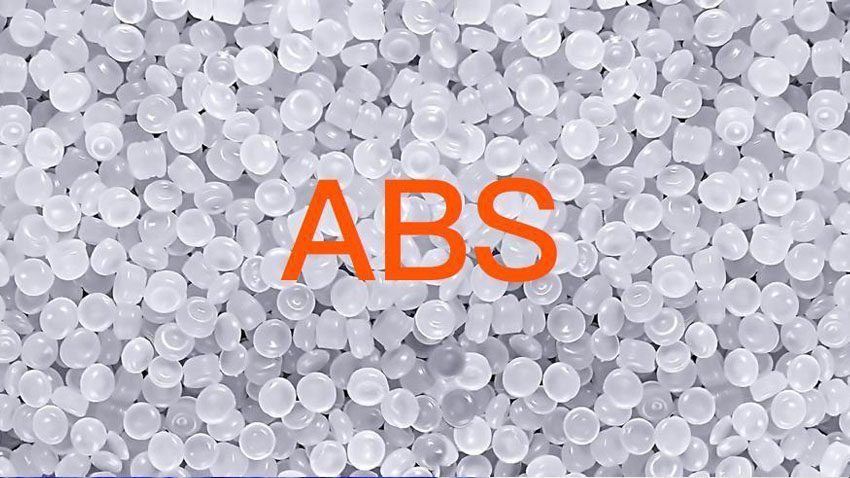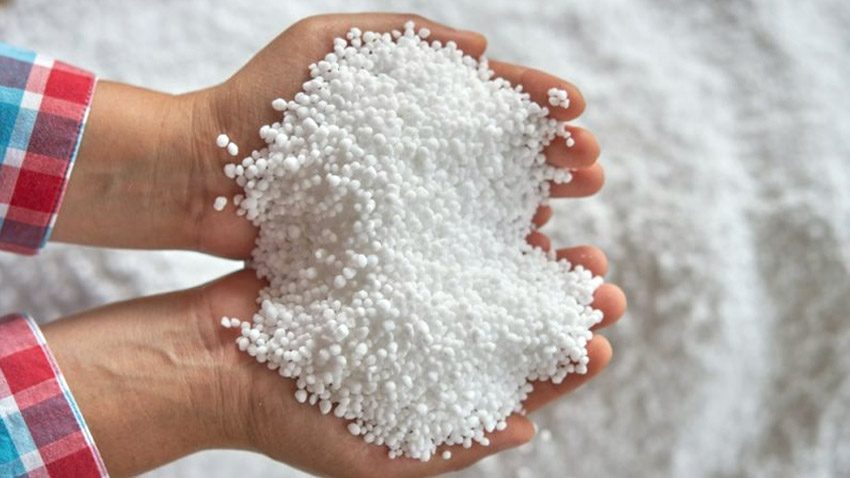Polypropylene (PP) is a thermoplastic “addition polymer” made from the combination of propylene monomers. It is used in a variety of applications to include packaging for consumer products, plastic parts for various industries including the automotive industry, special devices like living hinges, and textiles.
Polypropylene was first polymerized in 1951 by a pair of Phillips petroleum scientists named Paul Hogan and Robert Banks and later by Italian and German scientists Natta and Rehn. It became prominent extremely fast, as commercial production began barely three years after Italian chemist, Professor Giulio Natta, first polymerized it.
Natta perfected and synthesized the first polypropylene resin in Spain in 1954, and the ability of polypropylene to crystallize created a lot of excitement. By 1957, its popularity had exploded and widespread commercial production began across Europe. Today it is one of the most commonly produced plastics in the world.
What are the Characteristics of Polypropylene?
Some of the most significant properties of polypropylene are:
- Chemical Resistance: Diluted bases and acids don’t react readily with polypropylene, which makes it a good choice for containers of such liquids, such as cleaning agents, first-aid products, and more.
- Elasticity and Toughness: Polypropylene will act with elasticity over a certain range of deflection (like all materials), but it will also experience plastic deformation early on in the deformation process, so it is generally considered a “tough” material. Toughness is an engineering term which is defined as a material’s ability to deform (plastically, not elastically) without breaking..
- Fatigue Resistance: Polypropylene retains its shape after a lot of torsion, bending, and/or flexing. This property is especially valuable for making living hinges.
- Insulation: polypropylene has a very high resistance to electricity and is very useful for electronic components.
- Transmissivity: Although Polypropylene can be made transparent, it is normally produced to be naturally opaque in color. Polypropylene can be used for applications where some transfer of light is important or where it is of aesthetic value. If high transmissivity is desired then plastics like Acrylic or Polycarbonate are better choices.
Polypropylene is classified as a “thermoplastic” (as opposed to “thermoset”) material which has to do with the way the plastic responds to heat. Thermoplastic materials become liquid at their melting point (roughly 130 degrees Celsius in the case of polypropylene).
A major useful attribute about thermoplastics is that they can be heated to their melting point, cooled, and reheated again without significant degradation. Instead of burning, thermoplastics like polypropylene liquefy, which allows them to be easily injection molded and then subsequently recycled.
By contrast, thermoset plastics can only be heated once (typically during the injection molding process). The first heating causes thermoset materials to set (similar to a 2-part epoxy) resulting in a chemical change that cannot be reversed. If you tried to heat a thermoset plastic to a high temperature a second time it would simply burn. This characteristic makes thermoset materials poor candidates for recycling.






